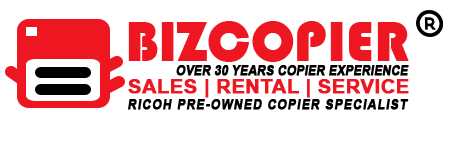Future-Ready Offices Start with Ricoh: Innovation at the Core
In today’s fast-evolving work landscape, one thing is clear: the office as we knew it is gone. Hybrid workflows, digital documents, and real-time collaboration tools aren’t just trends—they’re necessities. At the heart of this transformation stands Ricoh, redefining what it means to be “office-ready” in the future. The New Normal Demands New Solutions Gone are the days of static desks and paper trails. Modern workplaces need solutions that are agile, connected, and sustainable. Ricoh understands this shift, offering a portfolio that bridges hardware excellence with cutting-edge software and cloud integration. From smart multifunction printers (MFPs) that do more than just print, to document management systems that enable anywhere-access, Ricoh helps businesses streamline operations, reduce waste, and boost productivity. Whether you’re a small business or an enterprise-level organization, Ricoh’s scalable solutions meet you where you are—and take you further. Innovation Engineered for People What sets Ricoh apart isn’t just its tech—it’s how that tech serves people. User-friendly interfaces, customizable workflows, and mobile printing capabilities are designed with the human experience in mind. It’s about simplifying complexity so teams can focus on what really matters: results. And with AI-driven document processing and automation tools, repetitive tasks like filing, scanning, and data entry are no longer time sinks—they’re opportunities for efficiency. Security Without Compromise Digital transformation is nothing without security. Ricoh embeds robust security protocols across its entire product line—ensuring sensitive documents stay protected, networks remain secure, and compliance is never in question. From user authentication to encrypted data transfers, every document is handled with zero-trust precision. Sustainability at Every Step Ricoh doesn’t believe in innovation at the expense of the environment. Its products are designed with energy efficiency in mind, and its supply chain strategy emphasizes recyclability and waste reduction. Green printing, reduced power consumption, and responsible toner use—it’s all part of the commitment to a more sustainable future. Ready for Tomorrow, Today The future of work isn’t someday—it’s already here. Ricoh’s future-ready solutions empower businesses to meet today’s challenges while staying flexible for tomorrow’s opportunities. If your workplace is ready to evolve, the path forward starts with Ricoh—where innovation is not just a feature, it’s the foundation.

Recent Comments